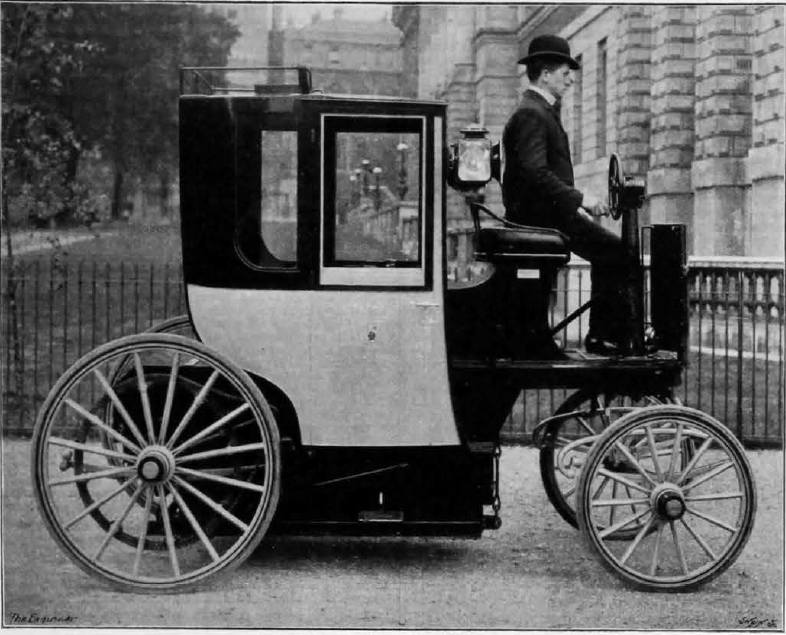August 1897 – The London Electrical Cab
The London Electrical Cab made its debut more than 120 years ago. The Engineer was there to cover it.

In August 2017, London’s first hybrid black cabs hit the streets ahead of new legislation that came into effect this year, requiring all new cabs to be ‘zero emissions capable’. The TX can operate for around 70 miles on battery power alone, with a petrol range extender allowing it to clock up around 400 miles before refuelling. But London’s very first electric cabs actually came into service exactly 120 years earlier.
“Mr W H Preece inaugurated a service of electrical cabs which are to ply for hire in the streets of London in competition with the ordinary hackney carriages,” wrote The Engineer in August 1897. “Thirteen of these cabs are now ready for work, and a staff of drivers have been instructed in the use of them. The cabs will be let out by the proprietors, the London Electrical Cab Company, Limited, just at the same rate and in the same manner as the London cabs. The ‘cabbies’ are, we are informed, quite enthusiastic about the new vehicle.”
Register now to continue reading
Thanks for visiting The Engineer. You’ve now reached your monthly limit of premium content. Register for free to unlock unlimited access to all of our premium content, as well as the latest technology news, industry opinion and special reports.
Benefits of registering
-
In-depth insights and coverage of key emerging trends
-
Unrestricted access to special reports throughout the year
-
Daily technology news delivered straight to your inbox











Water Sector Talent Exodus Could Cripple The Sector
Maybe if things are essential for the running of a country and we want to pay a fair price we should be running these utilities on a not for profit...